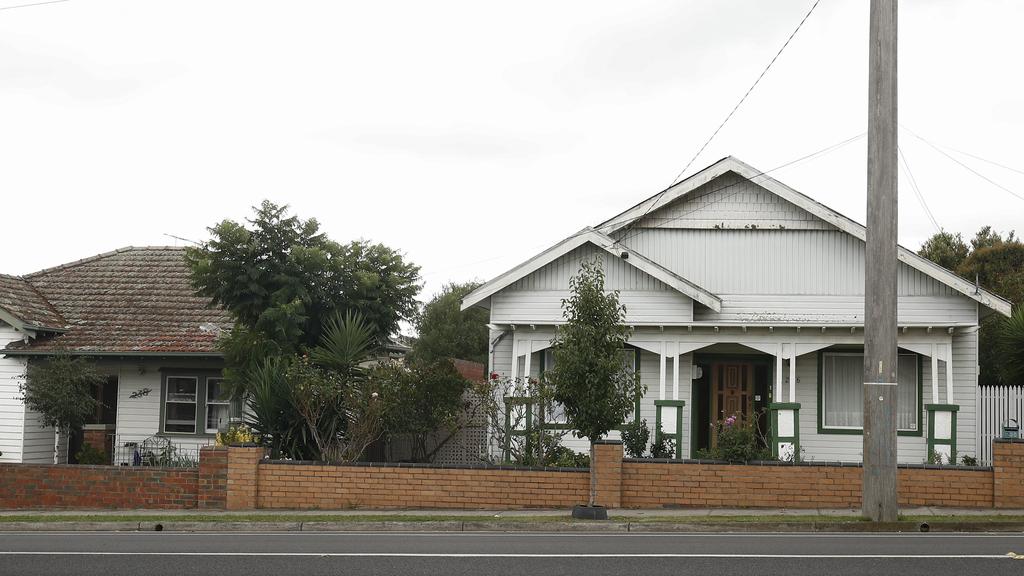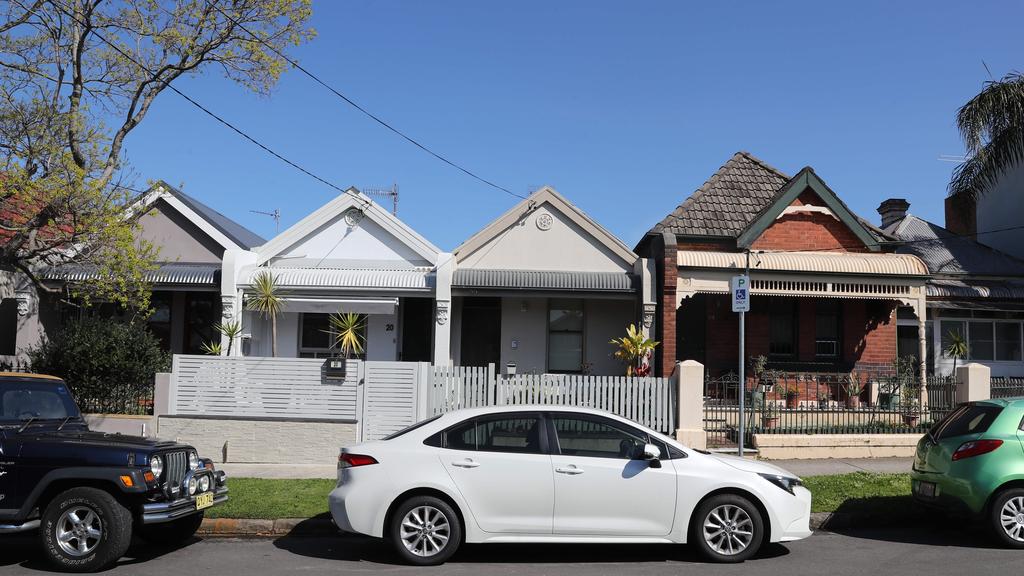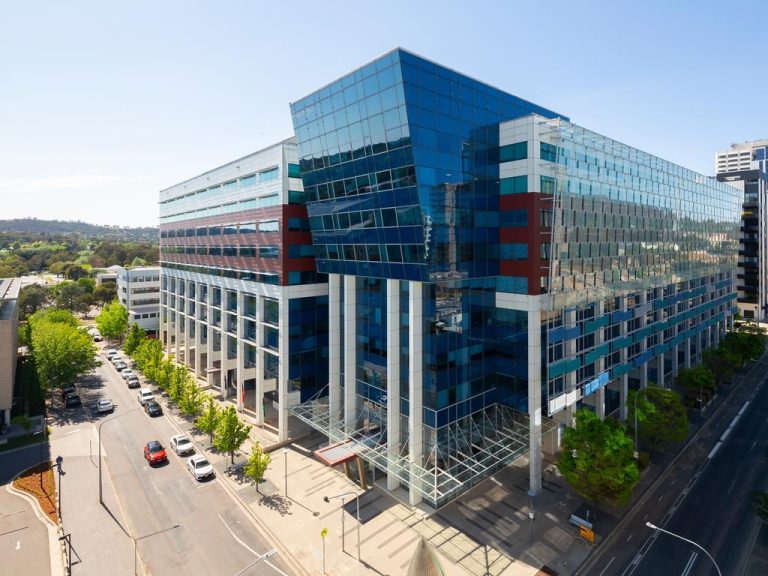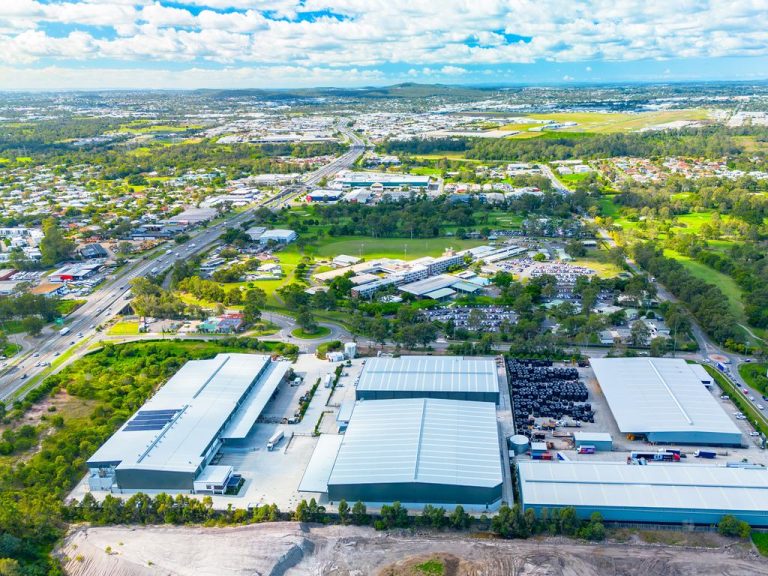Australia’s ageing housing stock now ripe for renovation

Older housing stock is ripe for renovation. Picture: Daniel Pockett/NCA NewsWire
Australia’s rapidly ageing housing pool is likely to lead to a bumper period for renovations in the coming over the coming decade as rising rates and affordability challenges push more homebuyers into older properties.
The proportion of homes now 30 or more years old has swelled in the past few years to more than 55 per cent of the housing stock, about 6 million properties, new analysis from Master Builders Australia has shown.
As affordability challenges in the housing market continue to put pressure on buyers who have had to contend with the recent price boom and the fastest rate rise in a generation, renovation activity is expected to continue operating at pre-pandemic levels for the foreseeable future.
Housing Industry Association senior economist Thomas Devitt said many of the homes built during the late-1980s building boom were ready to be upgraded if they hadn’t already, as they changed hands.
“Renovations tend to be more affordable than entire new homes, depending on the ambition and budget of the renovator,” he said.
“Rising interest rates, recent construction cost blowouts, and construction code changes, are making ‘affordability’ all the more important. This should shift more demand to renovations over new-builds, which is why activity in the former is forecast to remain so elevated.”

Houses in the inner west in Sydney. Picture: Christian Gilles/NCA NewsWire
Renovation activity hit its second-highest level on record through the pandemic, bolstered by government stimulus and excess savings. While spending has fallen in recent months, it is still well above long-term outlays.
Seven in 10 homes in Tasmania are three decades old or older, with a high proportion of homes in NSW (60.3 per cent) and South Australia (63.7 per cent) also showing signs of ageing. The ACT and Victoria are the only two states where one in 10 homes were built in the past five years.
But renovators hoping for construction costs to fall may be disappointed. CoreLogic’s head of research Tim Lawless said it was likely a new cost floor had been put under the market, but homeowners could have surety on the cost of upgrades.
“It provides some certainty back to builders, so they can accurately quote … and people looking to embark on a renovation, they probably will now have some certainty to make the decision as well,” he said.
Master Builders Australia chief executive Denita Wawn said some old homes would be demolished and often replaced with higher-density housing. Homes aged 30–35 years are disproportionately represented in renovation activity. The number of prime renovations vintage will sag over the next few years, bottoming out about 2030.







